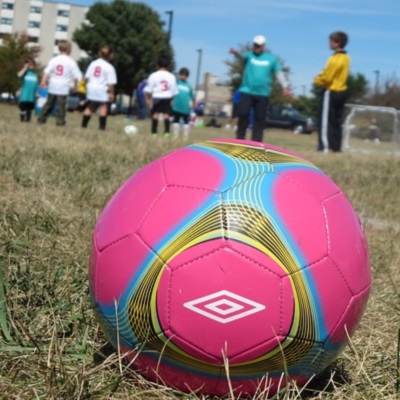 Let’s Move! Michelle Obama, the First Lady, has ignited a new passion for physical activity, especially among tweens. Her anti-obesity campaign can certainly be lauded, as a child who takes part in regular physical exercise will be much healthier than a child who remains a couch potato.
Let’s Move! Michelle Obama, the First Lady, has ignited a new passion for physical activity, especially among tweens. Her anti-obesity campaign can certainly be lauded, as a child who takes part in regular physical exercise will be much healthier than a child who remains a couch potato.
I’m glad to have “official” White House backing when I encourage my own child to watch less TV, to play fewer computer games, to skip a show on Netflix, and to extricate herself from the myriad of social media sites she constantly monitors. I fully understand that she needs to exercise more, and being able to reference the First Lady certainly helps strengthen my argument!
The only problem with a tween’s increased activity in sports and other recreational activities, is a greater chance for injury. For instance, the Centers for Disease Control and Prevention (CDC), proclaims that “in 2009, an estimated 2.6 million children aged 0–19 years were treated in U.S. EDs (emergency departments) for sports- and recreation-related injuries.”
This number should not be disregarded.  On the contrary, parents should accept the fact that they need to teach sports/recreational safety tips to their tweens. Doing so can save a child from experiencing unnecessary pain and/or illness.
Heat Related Illness
When temperatures and humidity rise, active young children can become dangerously overheated. Â This is because they do not perspire as much as adults. They may then experience heat cramps, heat exhaustion, and even deadly heatstroke if their core body temperature spikes.
Prevent heat related illness by teaching children to drink plenty of water when exercising. Â Also, encourage them to dress in light colored clothing on extremely hot days, and encourage them to rest as soon as they feel too hot. Â Finally, limit strenuous exercise to after 6:00 PM, when the outside temperature begins to cool.
Sprains, Strains, and Bruising
Bruises are easy to recognize. Â Children also experience sprains — which is when a ligament is injured. Â Sprained ankles are the most common sports related sprains (NIH – National Institute of Arthritis and Musculoskeletal and Skin Diseases). Finally, they may also experience painful strains — which are injuries of the muscle or tendon.
Preventing sprains, strains, and bruising can be accomplished in several ways. Â Teach a tween that warming up and cooling down are necessary components of physical activity. Â Also, impress upon them the importance of wearing the proper protective equipment.
Another way, as suggested by NIH, requires a parent to inspect the recreational venues his or her child frequents. Â Basically, be on the look out for poorly maintained facilities. Â Also, coach’s should promote a “safety first” philosophy, including having necessary first aid equipment available at all times.
Repetitive Motion Injuries
Overuse of one part of the body can result in stress fractures and tendonitis. Â For instance, a tween who plays volleyball constantly may develop pain in his shoulder, or a pitcher may injure her elbow. Â The key: don’t overdo it. Â Children need adequate rest, plus they can’t train at the same intensity as adults.
Click here for additional information on injury prevention from NIH.










